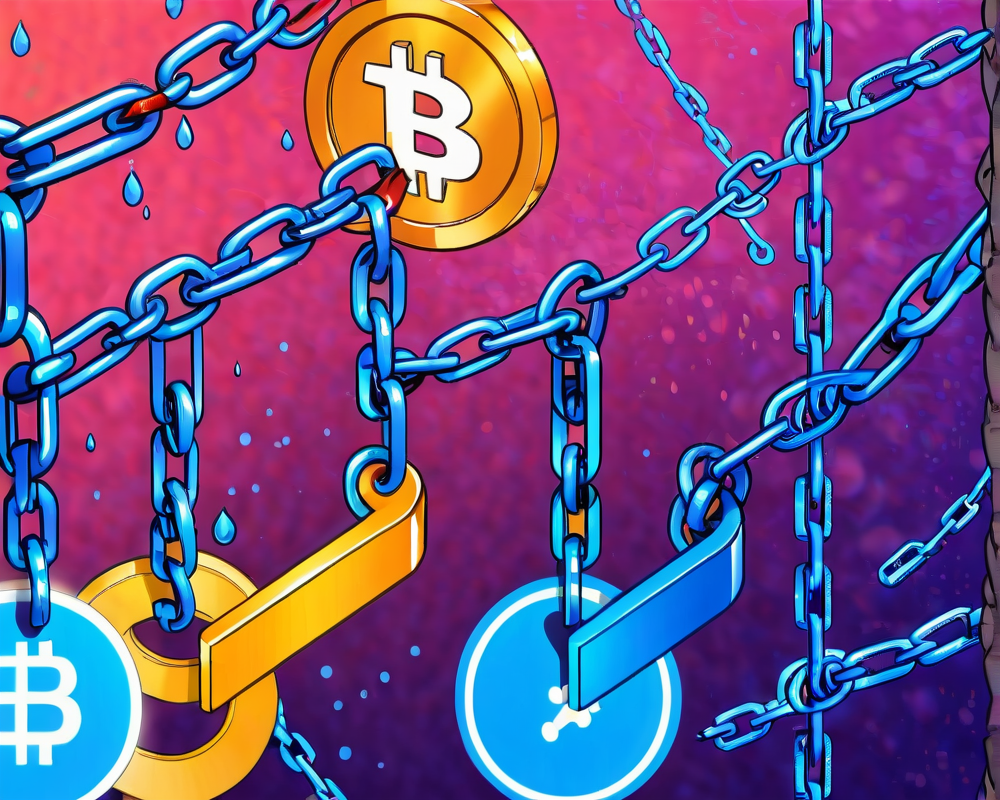The Interoperability Dilemma
Blockchain technology has, without a doubt, brought about a revolutionary change in how we think about decentralized systems. Yet, despite the growing awareness of its benefits among both advocates and skeptics, challenges still loom like dark clouds over a clear sunny day. Chief among these is the issue of interoperability – or, as I like to call it, the “why can’t we all just get along?” problem.
Standardization: The Holy Grail
One of the vital hurdles to cross-chain interoperability is the lack of non-existent standardized protocols. Imagine a world where every blockchain spoke different languages and simply refused to understand one another. It’s akin to having a family gathering where everyone passionately shares their thoughts on politics, yet no one can agree on a single topic. Abhishek Singh from Acknoledger points out that developing interoperable protocols, like cross-chain bridges and atomic swaps, could be the first step toward uniting these factions. Take Polygon’s bridge for example – it allows the smooth transfer of tokens from Ethereum to its own platform. Talk about making friends!
User Experience: Making It User-Friendly
Let’s face it, the technical aspects of blockchain can often make users feel like they must possess a PhD in rocket science just to make a simple transaction. Tiago Serôdio from Partisia Blockchain emphasizes that the user experience is crucial; currently, cross-chain transactions are a combobulated mess. Until we create an environment where even your grandmother can send tokens with a simple click of a button, true interoperability will remain adrift.
A Market for All: Overcoming Limitations
The crypto market resembles an exclusive club where only those holding the right tokens can gain entry. Simon Harman of Chainflip Labs discusses how the absence of efficient cross-chain markets restricts adoption. Without a thriving market, it’s like inviting people to a party but only providing one flavor of ice cream. In order to foster a more inclusive environment, we must strive to build better cross-chain markets and services that appeal to the masses.
Bridging the Understanding Gap
As the crypto landscape continues to grow, our understanding of it also seems to erode. Oleksandr Lutskevych from CEX.IO likens the situation to the biblical Tower of Babel – a chaotic amalgamation of languages, codes, and dreams with little hope for a shared vision. We need to engineer a solution that brings clarity and unity across the ecosystem. Easier said than done, right?
Demand and Value
The fundamental question to ponder is whether there is sufficient demand for cross-chain interoperability. Timothy Enneking from Digital Capital Management suggests that demand hinges on perceived value. If gas fees remain high, users won’t see bridging as a valuable option. The more appealing the service, the more likely users will embrace the complexities of cross-chains.
Valid Proofs: The Legal Approaches
Nothing says “trust me” quite like a solid proof. Unfortunately, chains can have a tough time convincing one another that their proofs are valid. Stephanie So from Geeq points out that two blockchains attempting to communicate can be reminiscent of two lawyers speaking different languages to convince a jury. To ease these conflicts, standardized protocols that facilitate effective communication need to be established.
Complexity and Diversification
Complexity is the world’s worst tormentor, so Wolfgang Rückerl from ENT Technologies AG proposes diversification as one solution. With bridges and protocols becoming increasingly complicated, multibridge systems can help reduce dependence on a single solution, providing a fallback when issues arise. Who knew being a planner could have such far-reaching benefits?
The Weight of Computation
When numerous transactions flood a blockchain, the computational heap becomes too much to bear. Vinita Rathi from Systango shares that peering into techniques like sharding, which are used by projects like Polkadot, could help divide transactions into manageable shards, alleviating the clouds of computational load.
Staying Safe from Hacks
Ah, hacks. The pesky thieves of the blockchain world, ever ready to make off with your hard-earned tokens. Zain Jaffer of Zain Ventures warns that interoperability using wrapped tokens often leaves the door wide open for attacks, especially when hacks target the bridges between blockchains. Chained systems must focus on designing interconnections intended for cooperation from the ground up.
Scalability: The Final Frontier
Like a funnel, scalability narrows down our options for cross-chain data transfers, yet the solutions remain within our grasp. As noted by Arvin Khamseh from SOLDOUT NFTs, innovative strategies such as sidechains and off-chain computations can improve transaction speeds, but these solutions require collaborative efforts to see fruition. Teamwork really does make the dream work!



